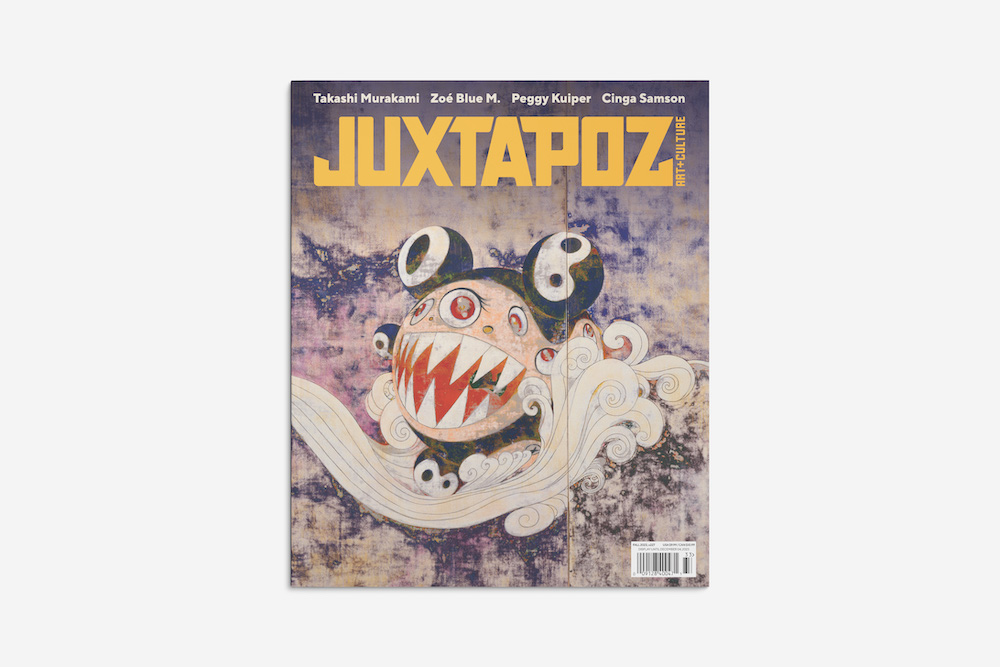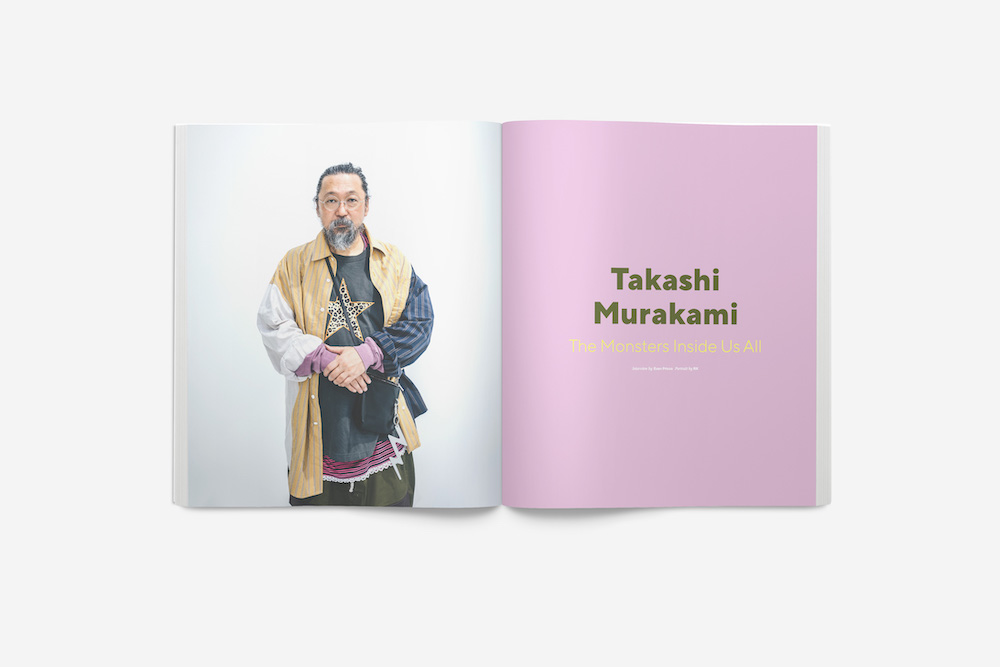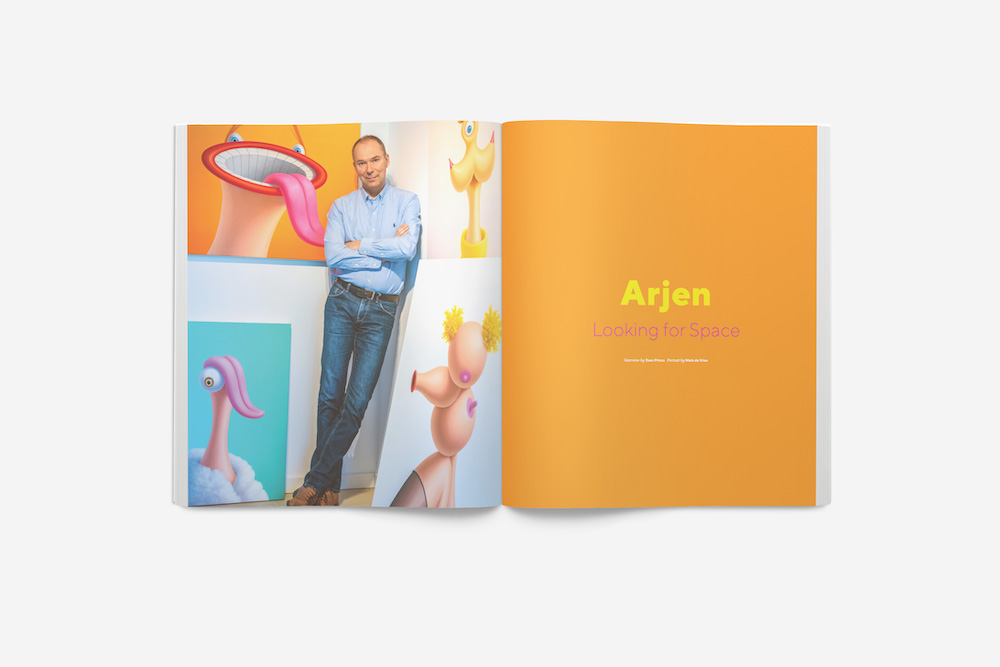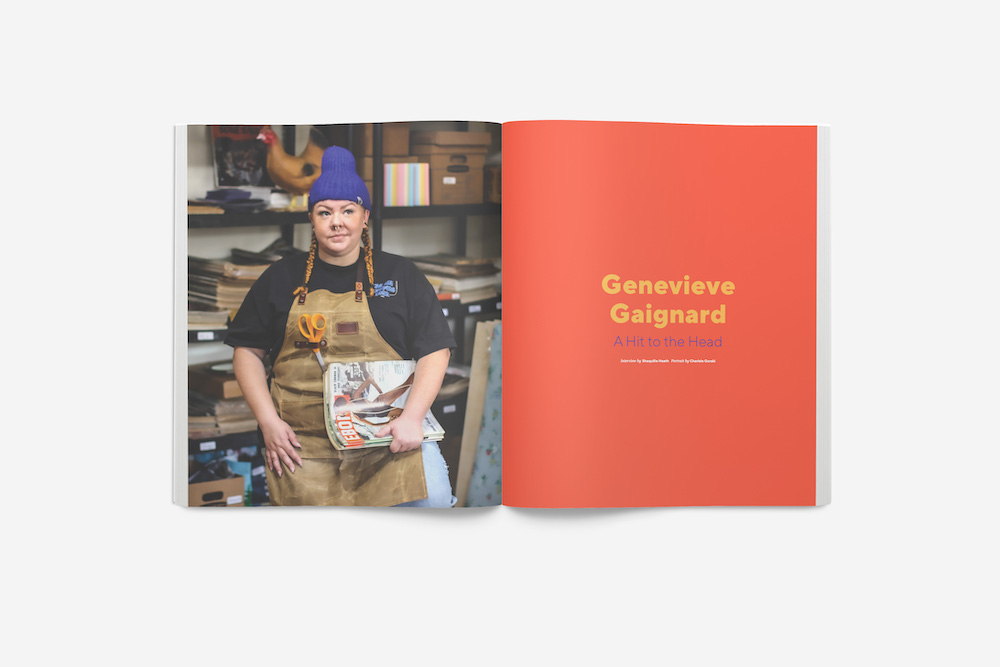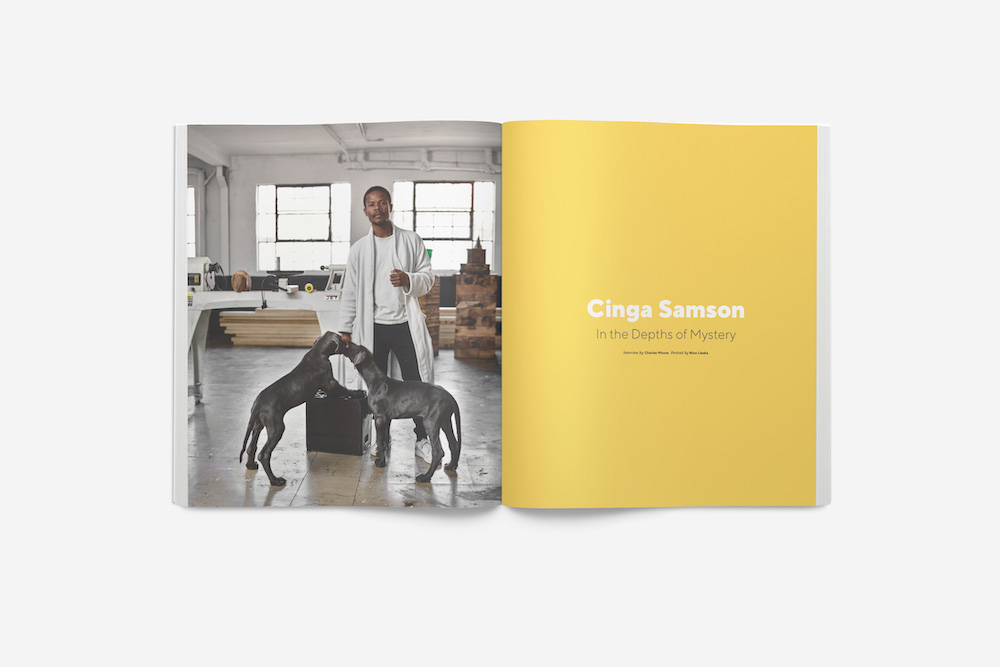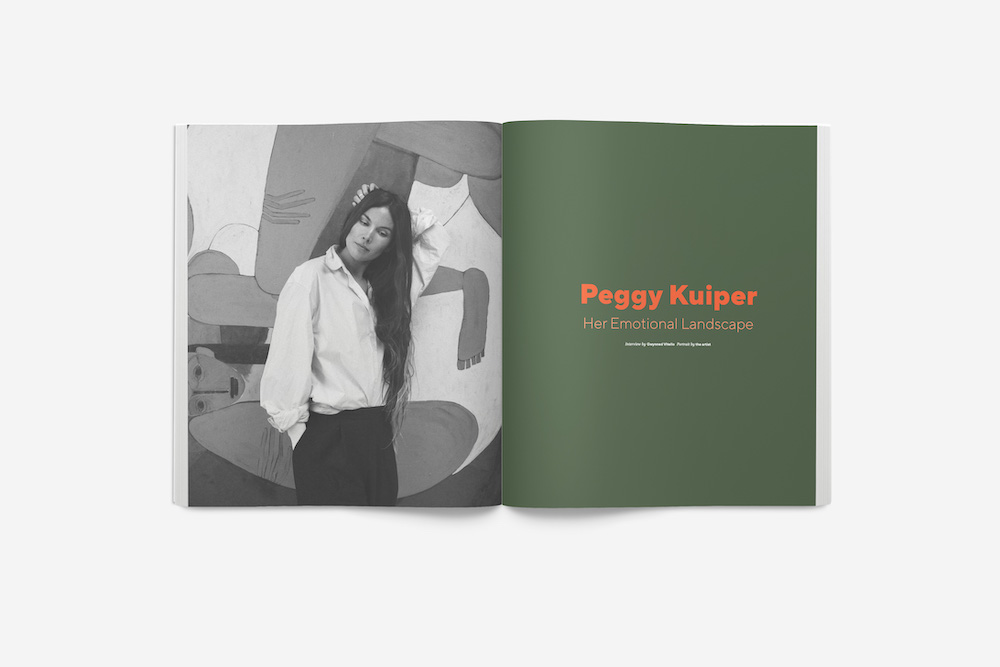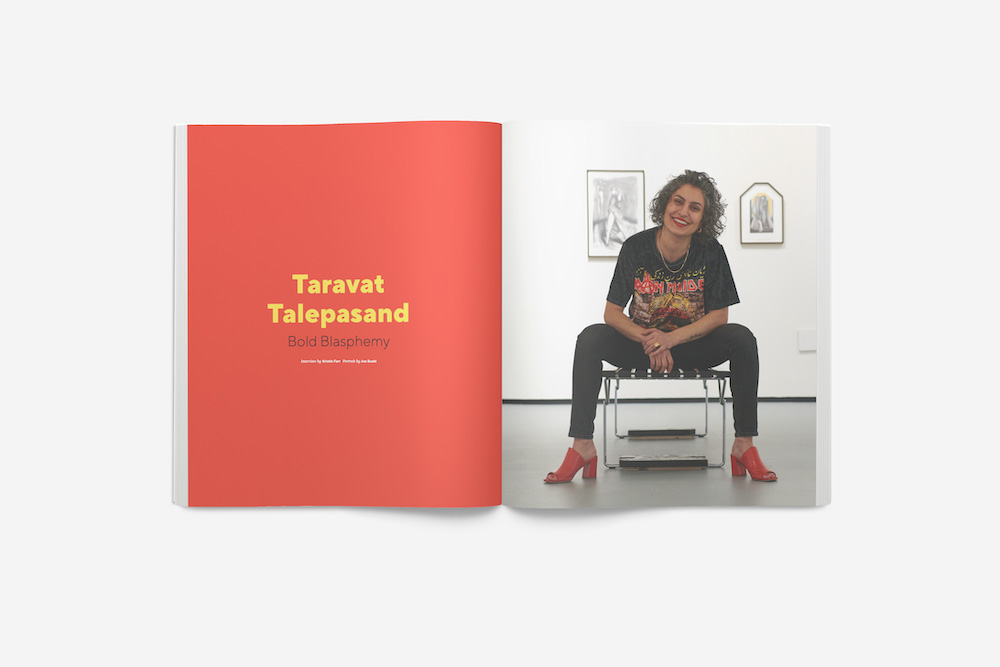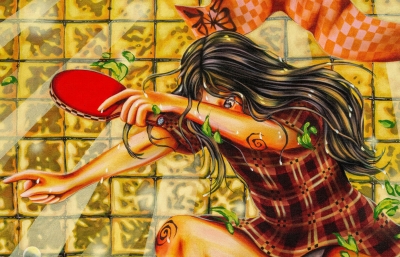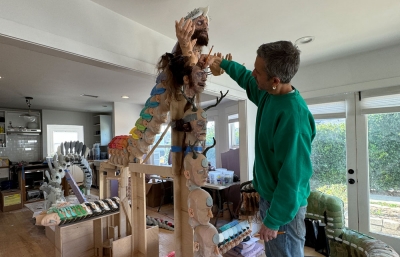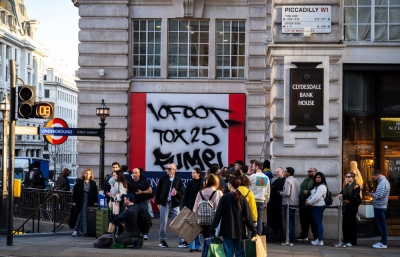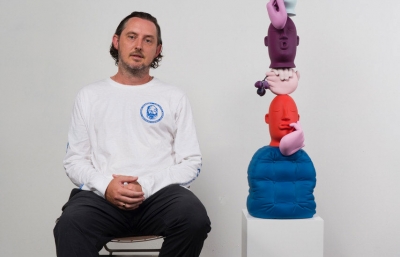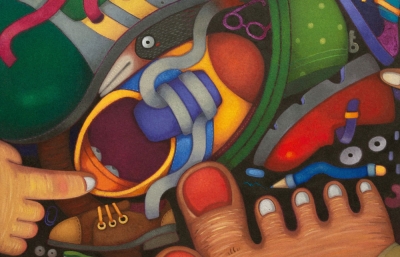“Godzilla was a product of the times... The image of what a monster is shouldn't stay the same. It should be different so that people will be shocked and surprised, just as they were by Godzilla in 1954. Something new, and strange, must be created.” —Ishirô Honda, director of the original Godzilla
We use the term ‘monster’ a lot in popular culture, almost to a fault. I think that is because we are fascinated by them, these terrors of abnormal size, but also because we can relate to them. A monster isn’t so much a thing but a metaphor and an embodiment of something deep within ourselves and our imagination. Obviously, Godzilla wasn't just about a gigantic prehistoric lizard wreaking havoc on Tokyo; it was a story of fear— fear of nuclear war, or what we, as humans, were capable of as monsters ourselves. And in the 21st century, what a monster is, and what terrorizes us, isn't so much the threat of war (although that is still rather pertinent these days)—it's the radical shifts we have made through technology to become something greater than human. And with that, a new anxiety about what it is to be human and what we are capable of has been redefined.
This is a reality that Takashi Murakami, through his artwork and own technology-based projects, has confronted. This fall, he opens Takashi Murakami: Unfamiliar People — Swelling of Monsterized Human Ego at the Asian Art Museum in San Francisco, a long-awaited show that acts, like many of his museum shows, as a retrospective and contemporary survey. And here, the idea of the monster takes center stage. This isn’t a story of works made with Godzilla in mind, although there is a glorious painting of the monster in the show. It addresses our continuous retreat to hiding behind screens and living in digital universes, where we become altered beings with fictitious narratives of selfhood and often inhuman traits. His works appear cute and harmless with characters marked by mischievous grins, creatures that evoke an almost possessed spirit. Throughout his career, whether speaking about war, art history, technology, or even fashion, Takashi has told the story of the monsters that haunt and consume us, so much so that we become the embodiment of our nightmares.
The Fall Quarterly isn’t so much about monsters but the ways in which we bend reality, contort the human form and redefine selfhood. Painters like Arjen and Peggy Kuiper elongate and enlarge the body in quite unimaginable ways. Taravat Talepasand, Genevieve Gaignard, and Zoé Blue M. create paintings and collages that reengage with the limits and endless possibilities of self-hood. You can’t help but lose yourself in the ghostlike composition of the figures in the paintings of Cinga Samson, almost religious and sensual, as he asks himself, “How do you paint beauty and terror?” Honda was right: something new and strange must be created to address the contemporary moment— the current monsters in our world. It is something that can be beautifully shocking and is always a subject worthy of exploration. —Evan Pricco
You can purchase the FALL 2023 Quarterly at Shop.Juxtapoz.com

